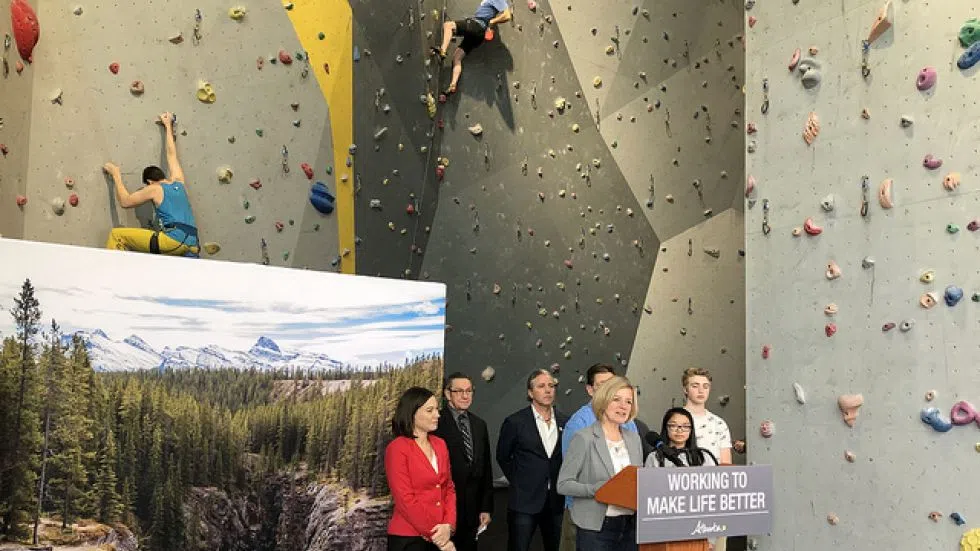
Creating a Bighorn Country for all Albertans
EDMONTON — Alberta is consulting on a proposal for Bighorn Country that would conserve natural landscapes while boosting economic development, tourism and recreation.
Located between Banff and Jasper national parks, Bighorn Country includes the headwaters of the North Saskatchewan River that provide clean drinking water to more than one-million Albertans. Its rugged terrain, scenic vistas and array of rare plants and wildlife make it a popular recreation and tourism destination.
In the spirit of Kananaskis Country, the province is proposing a mix of parks and public lands that would preserve natural landscapes while supporting a wide range of world-class tourism and recreation opportunities.
“Forty years ago, Premier Peter Lougheed created Kananaskis Country due to increased pressures on the eastern slopes,” said Premier Rachel Notley in a press-release. “Now, Kananaskis provides amazing experiences and opportunities, showing that investments in Alberta today mean our children and grandchildren will have wild spaces to enjoy in the future. We are asking all Albertans to help us create a place for everyone.”


